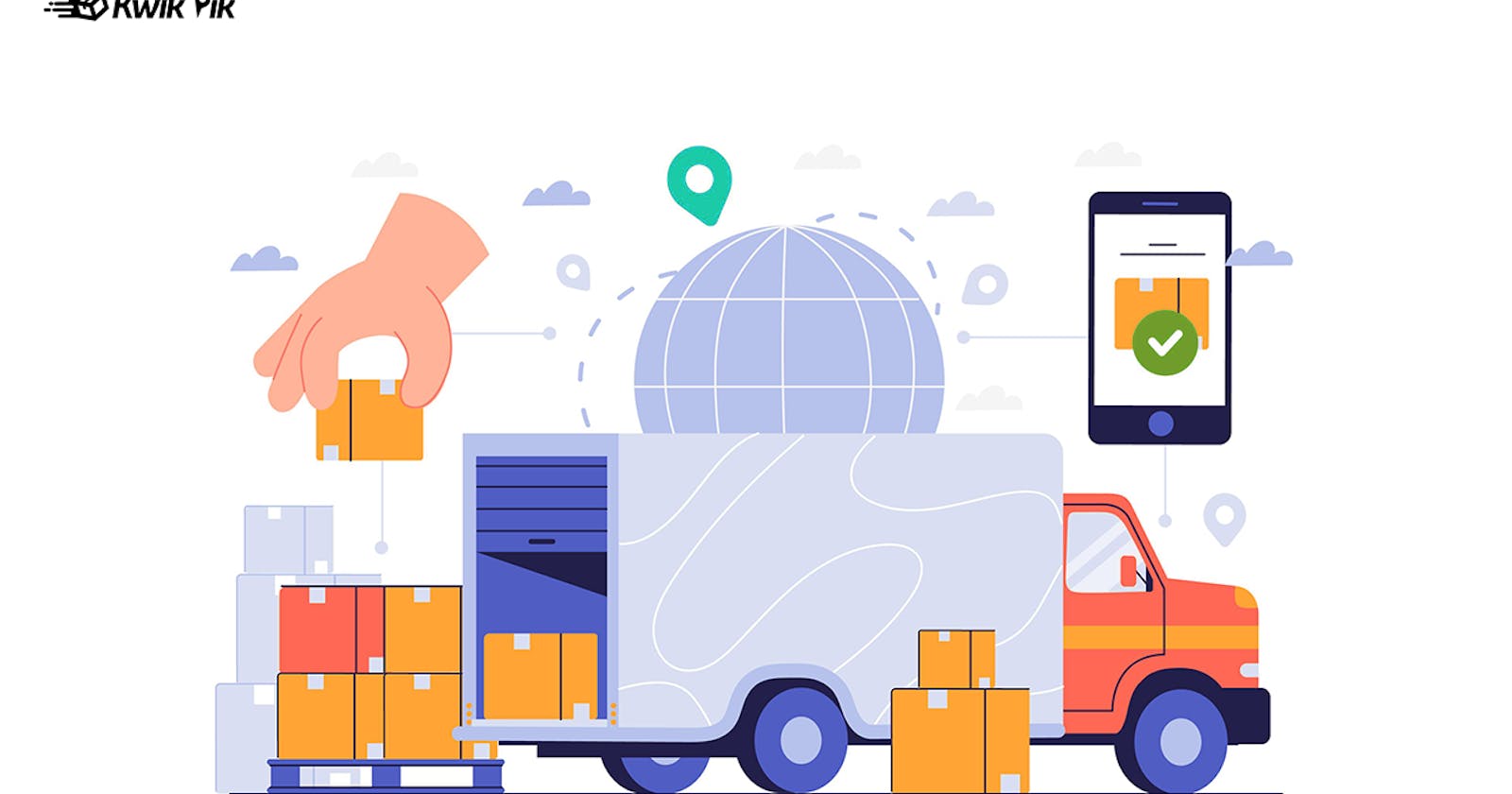Navigating Local Delivery Challenges During Peak Season (e.g., October-December)
5 min read

Imagine it's the holiday season, and your local business is booming. Orders are pouring in, but so are the challenges. From unpredictable weather to soaring customer expectations, managing local delivery during peak season can be a rollercoaster ride.
In this guide, we'll show you how to tackle local delivery challenges during peak season with finesse, ensuring a smooth delivery experience for your customers.
What is a Peak Season?
A peak season is the busiest time of the year for businesses and logistics providers because they are associated with holidays and other special occasions when demand for goods and services is highest.
An example is October- September annually, from Halloween to Black Fridays to Thanksgiving, Christmas, and New Year celebrations. A lot of purchases are happening around this time, which is considered a peak season for many businesses.
Understanding Local Delivery Challenges in Peak Season
Although Peak season is a time for businesses to celebrate, it can also be a time of logistical nightmares because of these reasons:
- Increased Demand and Order Volume
The holiday season witnesses a tremendous surge in orders. According to industry statistics, businesses often experience a 30% to 50% increase in order volume from October to December. This sudden influx of orders can strain your local delivery operations.
- Seasonal Factors Affecting Local Delivery
Beyond increased demand, factors like adverse weather conditions and holidays can further complicate deliveries. It's essential to anticipate how these factors might affect your operations.
Also Read:
Preparing Your Local Delivery Process
A well-prepared infrastructure is the backbone of efficient delivery operations. And that's where Kwikpik comes in. We're a leading on-demand delivery service here to help you manage all your logistics challenges during peak season.
Here are some of the ways you can prepare for the peak season with Kwikpik:
1 - Review Your Existing Delivery Process
Check your logistics/supply chain flow to see areas that need attention. Are there locations where you get constant complaints or delivery issues? Map them out to be tended to specially.
2 - Sign up as a Kwikpik Business Partner
Send a message to support@kwikpik.io, indicating your interest in being a business partner, and we’ll reply. As our business partner, you’ll enjoy:
Get a flat rate card for all deliveries in your location.
Access our bikes on demand in real-time.
Keep track of all deliveries on your user dashboard with our real-time tracking option.
Deliver to your customers at their doorstep.
Get affordable rates and save money on deliveries.
Quick support
Promotions on our distribution channels.
3 - Consider Temporary Staffing and Workforce Management
Depending on your business type, you can hire seasonal workers, provide training, and create efficient schedules to handle the holiday rush.
4 - Inventory and Stock Management
Understanding accurate demand forecasting and strategic stock level increases can prevent stockouts and ensure smooth deliveries.
5 - Investing in the Right Plans.
Properly reviewing your delivery locations and communicating/sharing the information with your customers can help to ensure the smooth Implementation of the most efficient delivery routes. This not only saves time but also reduces fuel costs.
6 - Real-time Communication
Maintain open lines of communication with your delivery personnel and customers. This can help to reduce delivery tension and manage customers' reactions.
Managing Customer Experience and Expectations
Happy customers are repeat customers. But during a peak season, customers may be slightly on edge due to the time constraints and expectations e.g. a mother ordering a Christmas dress for her daughter has to make sure the dress arrives early and meets her daughter’s expectations.
To avoid customer displeasure and manage their expectation, here are the steps to take:
- Set Realistic Delivery Expectations
Be transparent about delivery times and offer flexible options to accommodate customer schedules.
- Proactive Customer Communication
Keep customers informed with regular notifications and provide responsive customer service to address inquiries and complaints.
Also Read:
Dealing with External Factors During a Peak Season
External factors can throw a wrench in your plans. But peak season doesn’t slow down. Here are a few tips to deal with external factors:
1. Managing Supplier Relationships
Ensure a reliable supply chain by maintaining strong relationships with suppliers and implementing contingency plans for disruptions.
2. Adapting to Regulatory Changes
Stay compliant with local regulations and be prepared to navigate any changes that may arise during peak season. e.g. The popular Calabar carnival may affect a business that is delivering to customers in Calabar due to the road blockage.
Post-Peak Season Evaluation
Once the peak season is behind you, it's time to assess your performance. This is important because it helps you improve and prepare for another peak season. Here are 2 areas to look at:
- Performance and Metrics
Use key performance indicators (KPIs) to track your success and identify areas for improvement.
- Lessons Learned and Future Planning
Gather feedback from employees and customers, and use these insights to refine your strategy for the next peak season.
Conclusion
Managing local delivery challenges during peak season requires careful planning, adaptability, and the right technology. By signing up as a Kwikpik business partner, you can ensure a smoother ride during the busiest time of the year and create lasting impressions with your customers. Remember, success during peak season isn't just about making deliveries; it's about delivering exceptional customer experiences that keep them returning year after year.